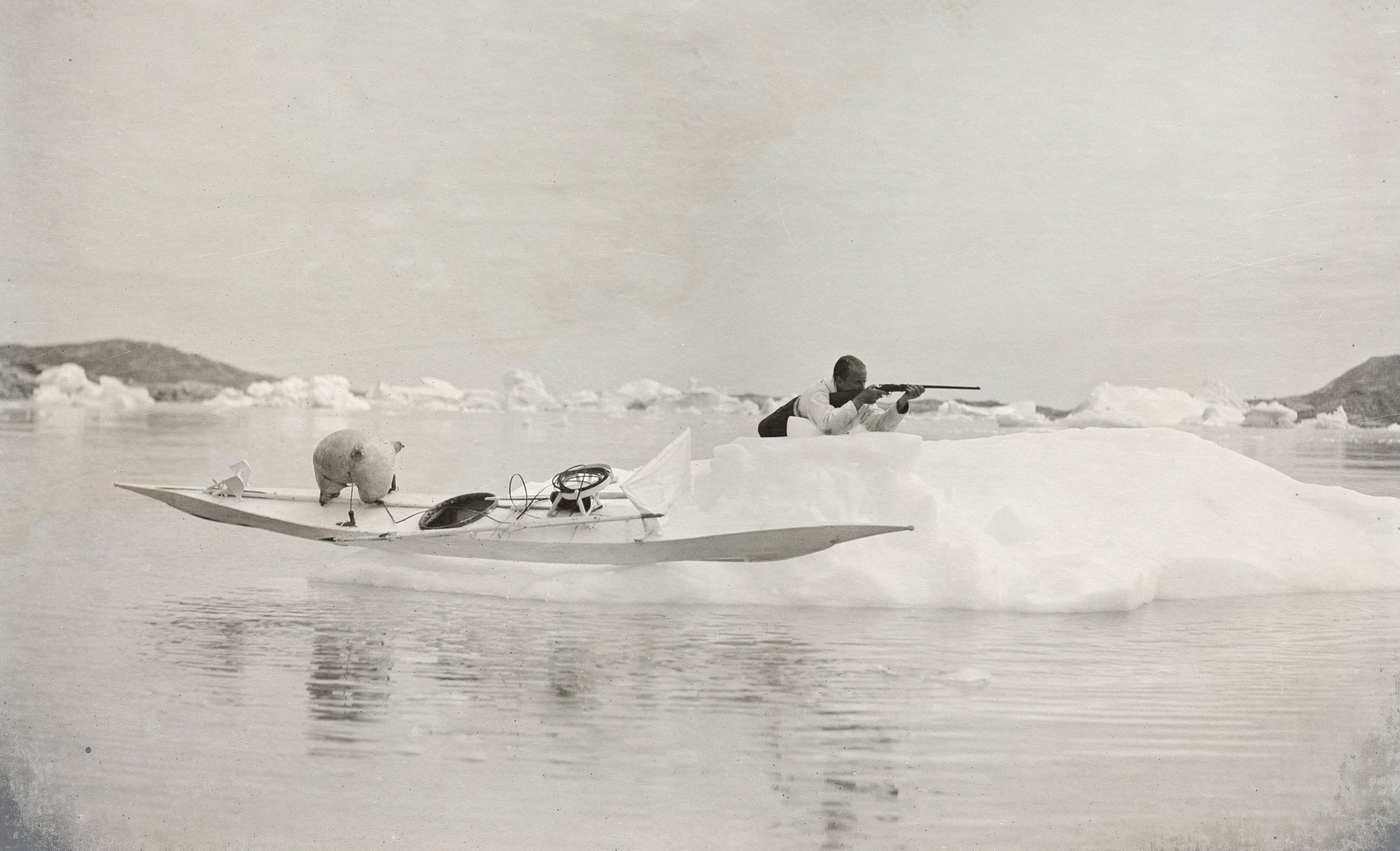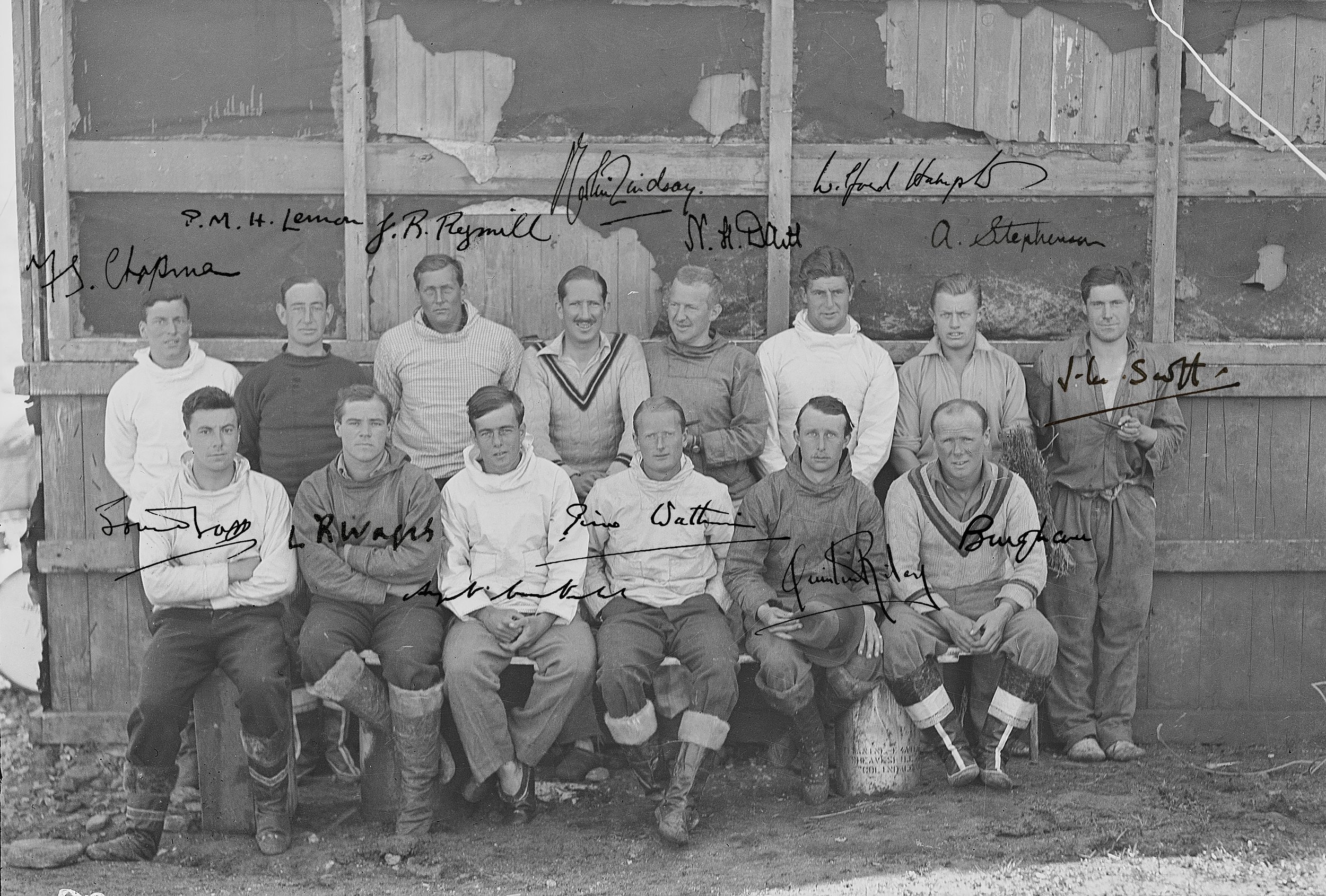
At the time of his death at age 25, Gino Watkins had received the Polar Medal from the King as well as the Founders medal from the Royal Geographical Society, for the success of his work on the British Arctic Air Route Expedition (BAARE). The BAARE took place in 1930 and set out to pioneer an air route from England to America by mapping the East coast of Greenland and testing flying conditions over it’s hostile ice cap.
Gino was not your typical arctic explorer, he treated every man as equal, made no commands to his crew but rather casual suggestions. He wore tailored suits, had an obsession with jazz music, and spent every night he could dancing. The first thing the men did when stepping foot onto the ice, was to teach the Inuit people to dance the Charleston.
Gino is credited by experts in his field as being revolutionary for his period. He worked with the Inuit and adopted their practices of dog sledding, Igloo building and hunting from the Kayak. These methods were typically overlooked in earlier British expeditions and even looked down on.
Gino became legendary at hunting from his kayak and the expedition is considered to be the birth of British kayaking as a sport. He also became an expert in the use of sled dogs which on top of his skiing, climbing and mountaineering background, made him ready for every aspect of exploration. He also contributed to the expedition as a pilot after learning to fly in the Cambridge air squadron.
Gino returned to London a hero and received worldwide press, The Royal Geographical Society had him pegged to be the next Shackleton.
Tragically, due to his early passing, many of his achievements have been lost to the history books. “Bridging The Ice” will bring his story to the 21st century and back into the forefront of people's minds.
To establish whether transatlantic flight would be possible, using Greenland as a stepping stone, the team had to chart of the height of the coastal mountains. In the process Gino discovered the tallest mountains in Greenland, which were named the Watkins mountain range by the Danish Government as Gino would never name anything after himself. The team also had to test flying conditions over the Ice Cap and take year long meteorological readings of the area which were previously completely unknown.
The meteorological data of the ice cap proved to be the most difficult task. The Inuits never ventured onto the ice cap themselves as they considered it a zone of horror where no life could be sustained. August Courtauld of the famed textile family bravely volunteered to take the 3 month winter shift. After extreme winds and snow prevented relief he became buried alive in his tent in complete darkness, running out of food and oil to heat the igloo.
The work of Gino and the BAARE team created ripples far beyond Greenland that can still be felt today. The route they surveyed opened the first air route between Europe and America. Many members of the expedition used their unique survival skills, honed in Greenland, to embark on secret missions behind enemy lines during World War II. some of which would go on to become the basis of Ian Flemings’ James Bond Books.




